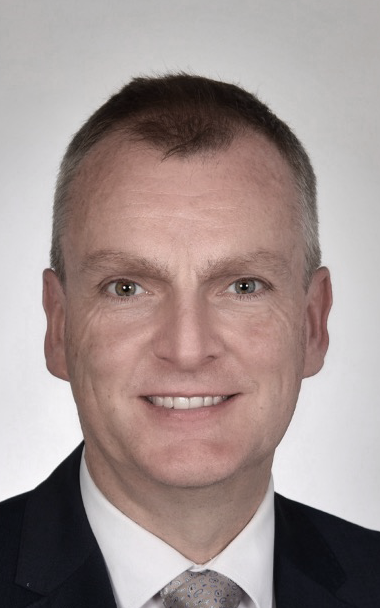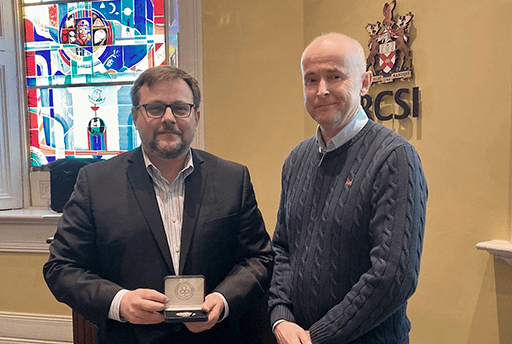CIRSE: How does your society inform patients about IR treatments? How aware of interventional radiology is the general public in Ireland?
Tuite: In truth, we have not performed well in this regard. Media interviews with individual practitioners have happened, but there has not been a structured programme to create a public awareness of IR. This is something we hope to address in the short term.
CIRSE: What are your local challenges? Conversely, what is something you feel that IRs do exceptionally well in Ireland that others could learn from?
Tuite: Like many IR groups, the services we provide through interventional radiology are invaluable to our patients, hospitals, and other specialties, but we are not well recognised by hospital administration and management. As part of addressing this, we have applied for subspecialty recognition. This has been supported by the broader radiology community in Ireland. Despite a general lack of IR investment (not enough IRs or IR facilities to meet demand), Irish IRs practice at the very highest standard, with most of us having two or more fellowships at major teaching centres. IR clinics and ward rounds are performed despite a lack of recognition in work plans. This is not unique to Ireland; it is part of the transformation of interventional radiology to an independent clinical specialty.
CIRSE: Why did ISIR decide to become a CIRSE group member this year? What initiatives are you and your members involved in or hope to become involved in in the future?
Tuite: To be honest, joining CIRSE was long overdue, and we are delighted to have finally applied to join. Irish interventionalists have been contributing to CIRSE for a long time. Prof. Lee was CIRSE President in 2012-13. Profs. Gerry O’Sullivan and Anthony Ryan are currently on its executive committee. We hope that joining CIRSE will encourage more members to get involved in the CIRSE organization and help develop interventional radiology both in Ireland and worldwide.
CIRSE: What are your hopes for the future of IR in Ireland?
Tuite: IR in Ireland has applied to the Irish Medical Council to become a recognised distinct subspecialty. As part of this, we have adopted the EBIR as the exit examination for IR specialist recognition. An additional two years of IR fellowship training is proposed after completion of the radiology residency examination. The application itself has raised our profile and has prompted the national health authority to develop a national clinical programme in interventional radiology. This programme, led by Prof. Lee, will define standards of training, staffing, and equipment for IR services across the country as well as describe the clinical pathway for both planned and emergency cases. This will allow IR departments to approach their local hospital management with clear guidelines on how to provide an IR service.
ISIR is excited to finally be a CIRSE group member. Joining CIRSE has been important in legitimizing our organization and has made interaction with other parties, such as industry, academic institutions, and government agencies easier. This is due to the recognition that CIRSE is the world leader in interventional radiology.



